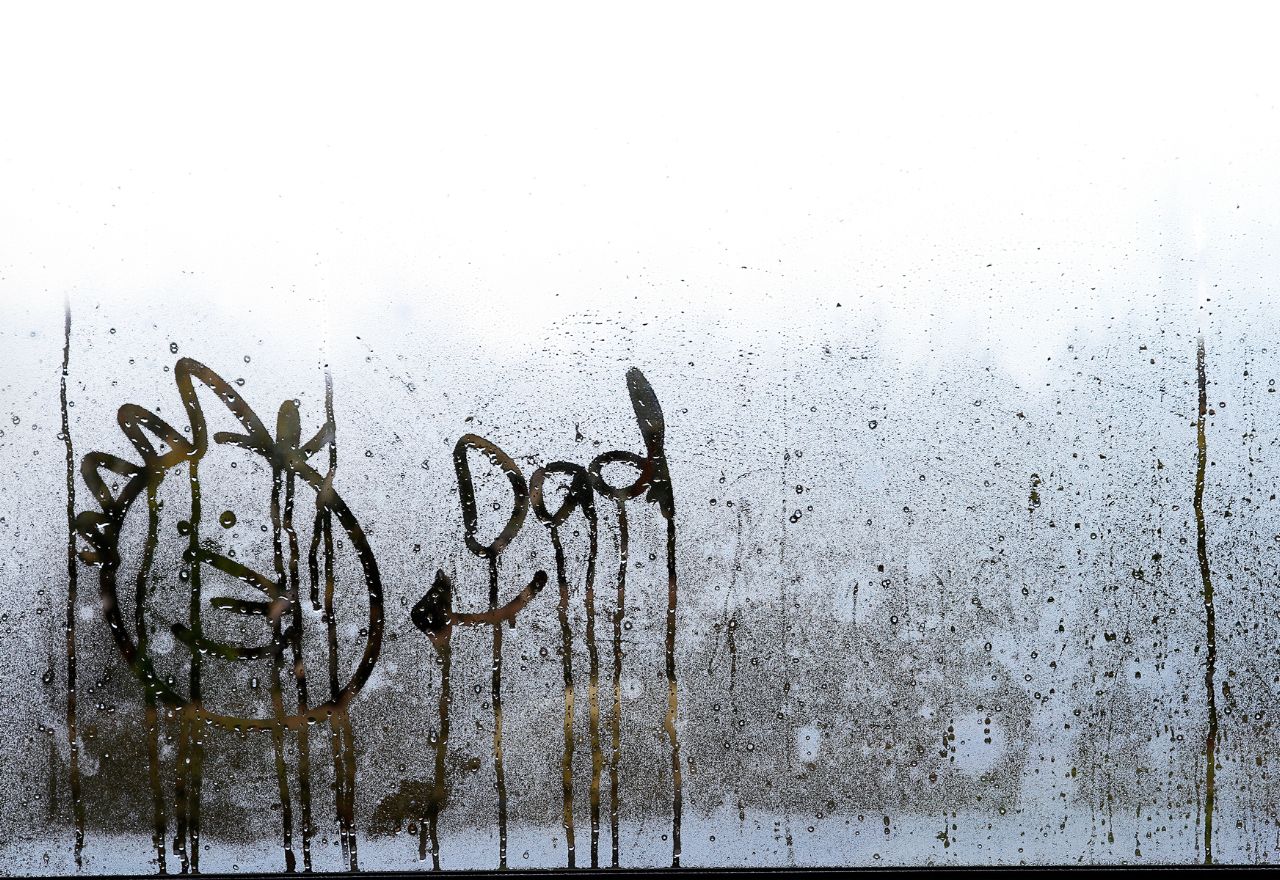What 'Drier' Means in Green Homes
Staff Reporter
01 August 2025, 8:02 PM
 Dr Michael Rehm questions how 'drier' works.
Dr Michael Rehm questions how 'drier' works.What makes a home truly ‘drier’?
It’s a question Coasties might be asking this winter as condensation creeps across windows and dehumidifiers hum in the background.
A new study suggests we might be measuring it all wrong.
Dr Michael Rehm from the University of Auckland, along with researchers Dr Rochelle Ade and Dr V. Vishnupriya, studied winter humidity in a 7-Homestar certified Auckland apartment block for residents aged over 65.
While the green-rated building promotes warmer, healthier, and drier homes, relative humidity inside often sat above the recommended 40 to 60 percent range.
But here’s the twist. That doesn’t mean it was unhealthy.

Senior property lecturer Dr Michael Rehm from Auckland University Business School.
When the team measured absolute humidity (the actual moisture in the air), the levels fell within the healthy range.
Most residents also reported feeling comfortable, despite the numbers.
So why does this matter for the Hibiscus Coast?
Because green ratings like Homestar are being used to shape future housing.
If key words like “drier” aren’t properly explained, it could lead to confusion or poor design decisions for coastal areas that are naturally humid.
“In places like Auckland, outdoor air is already humid, so natural ventilation won’t always lower relative humidity,” says Dr Rehm. “That doesn’t make a home damp.”
The researchers want green building tools to define ‘drier’ clearly and consider both types of humidity.
It’s a small fix that could make a big difference in how we measure comfort and health in local homes.
Know something local worth sharing?
Send it to [email protected] — we’ll help spread the word.
NEWS
LOCAL JOBS
TRADES & PROFESSIONAL SERVICES





